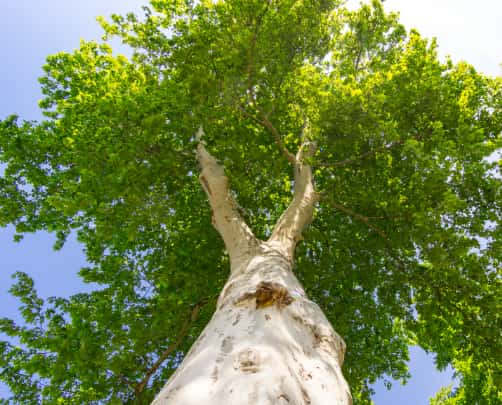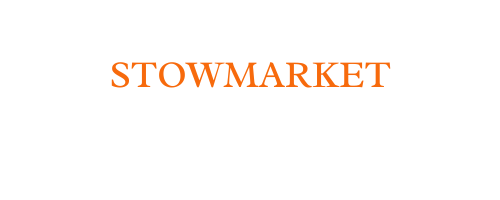Introduction: Hedge cutting is essential to maintaining a tidy and well-groomed outdoor space. Whether for privacy, aesthetics, or property boundary delineation, keeping hedges neatly trimmed is a task that homeowners and property managers must address regularly. However, when it comes to hedge cutting, there are different approaches to consider: traditional methods practised for generations and modern techniques leveraging advancements in technology and equipment. In this guide, we’ll explore the differences between traditional and modern hedge-cutting methods and help you determine the best approach for your needs.
Traditional Hedge Cutting Methods:
Traditional hedge-cutting methods have been employed for centuries and often involve manual tools such as shears, loppers, and hand saws. These methods rely on human skill and precision to achieve the desired shape and form of the hedge. Traditional hedge cutting is often seen as an art form, requiring careful attention to detail and a keen eye for symmetry. While traditional methods can be time-consuming and labour-intensive, they offer a hands-on approach, allowing greater control over the final result.
Modern Hedge Cutting Methods:
In contrast, modern hedge-cutting methods leverage technological advancements to streamline the process and improve efficiency. Powered hedge trimmers, telescopic hedge trimmers, and hedge trimmer attachments for lawnmowers are just a few examples of modern tools designed to make hedge cutting faster and more accessible. These tools are powered by electricity, battery, or petrol, allowing for greater speed and precision than manual methods. Additionally, modern hedge-cutting equipment often comes with adjustable settings and ergonomic designs for enhanced comfort and ease of use.
Key Differences:
The primary differences between traditional and modern hedge-cutting methods lie in the tools used, the level of manual labour involved, and the degree of achievable precision and control. Traditional methods require more physical exertion and skill but offer a more hands-on approach and greater flexibility in shaping the hedge. In contrast, modern methods are faster and more efficient, but they may lack traditional techniques’ nuanced touch and artistic flair.
Choosing the Right Approach:
When deciding between traditional and modern hedge-cutting methods, it’s essential to consider factors such as the size and complexity of the hedge, personal preference, and available resources. Traditional methods may be preferred for their precision and control of small hedges or intricate designs. However, modern methods offer greater efficiency and convenience for large hedges or extensive trimming work. Ultimately, the best approach meets your needs and produces the desired results.
Combining Techniques:
In some cases, combining traditional and modern hedge-cutting techniques may yield the best outcomes. For example, you may use manual shears for shaping and detailing while employing a powered hedge trimmer for bulk trimming and maintenance. By combining techniques, you can leverage the strengths of each approach to achieve optimal results while minimising drawbacks.
Conclusion: Hedge cutting is essential for maintaining a neat and attractive outdoor space, and there are different approaches to consider: traditional methods that emphasise manual skill and precision and modern techniques that leverage technology for efficiency and speed. Whether you prefer the hands-on approach of traditional methods or the convenience of modern equipment, the key is to choose the approach that best suits your needs and preferences. By understanding the differences between traditional and modern hedge-cutting methods, you can make informed decisions and achieve beautiful, well-groomed hedges that enhance the beauty and functionality of your property.
Call us on: 01449 706 096
Click here to find out more about Stowmarket Tree Surgeons
Click here to complete our contact form and see how we can help with your tree’s needs.

